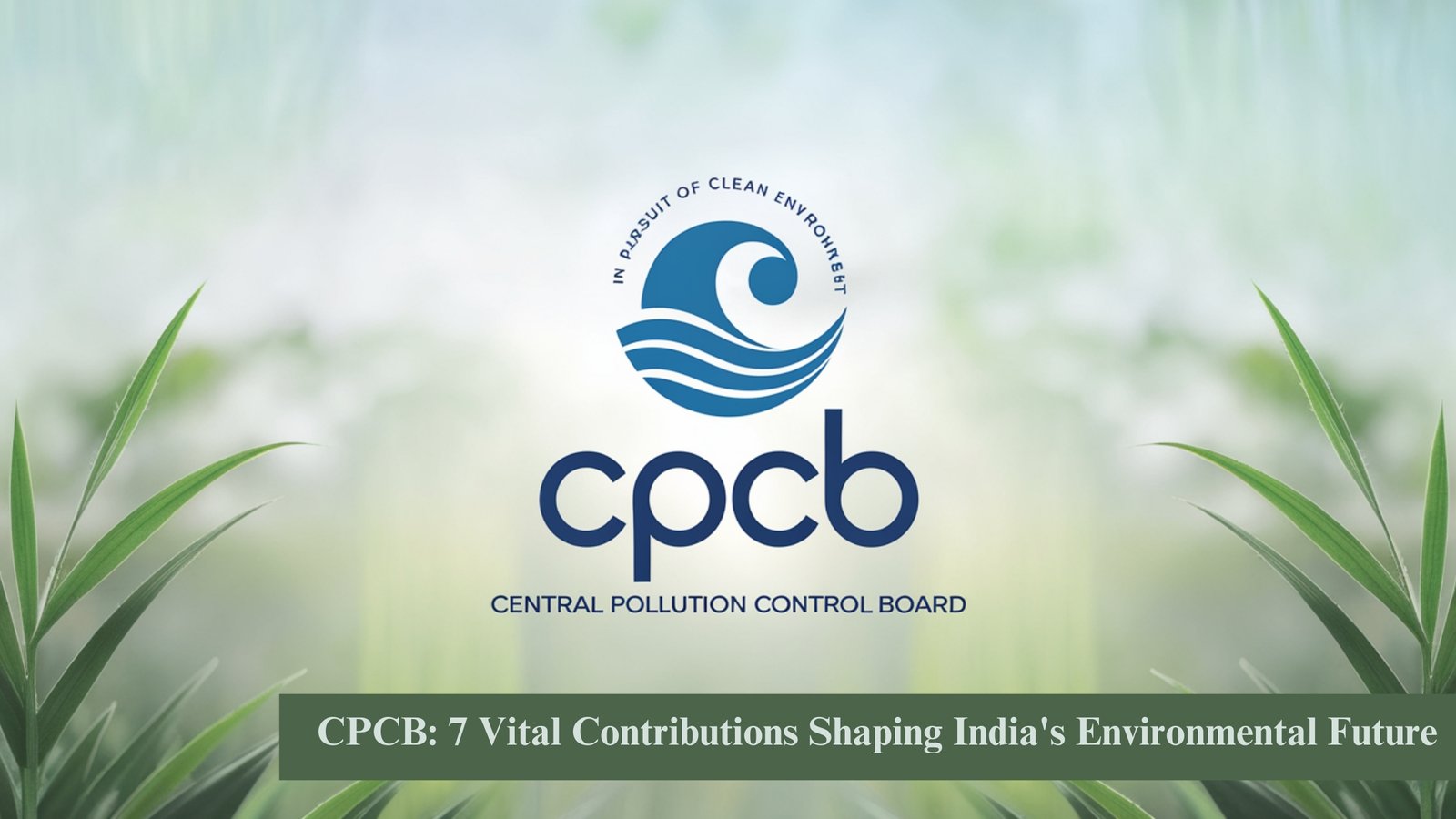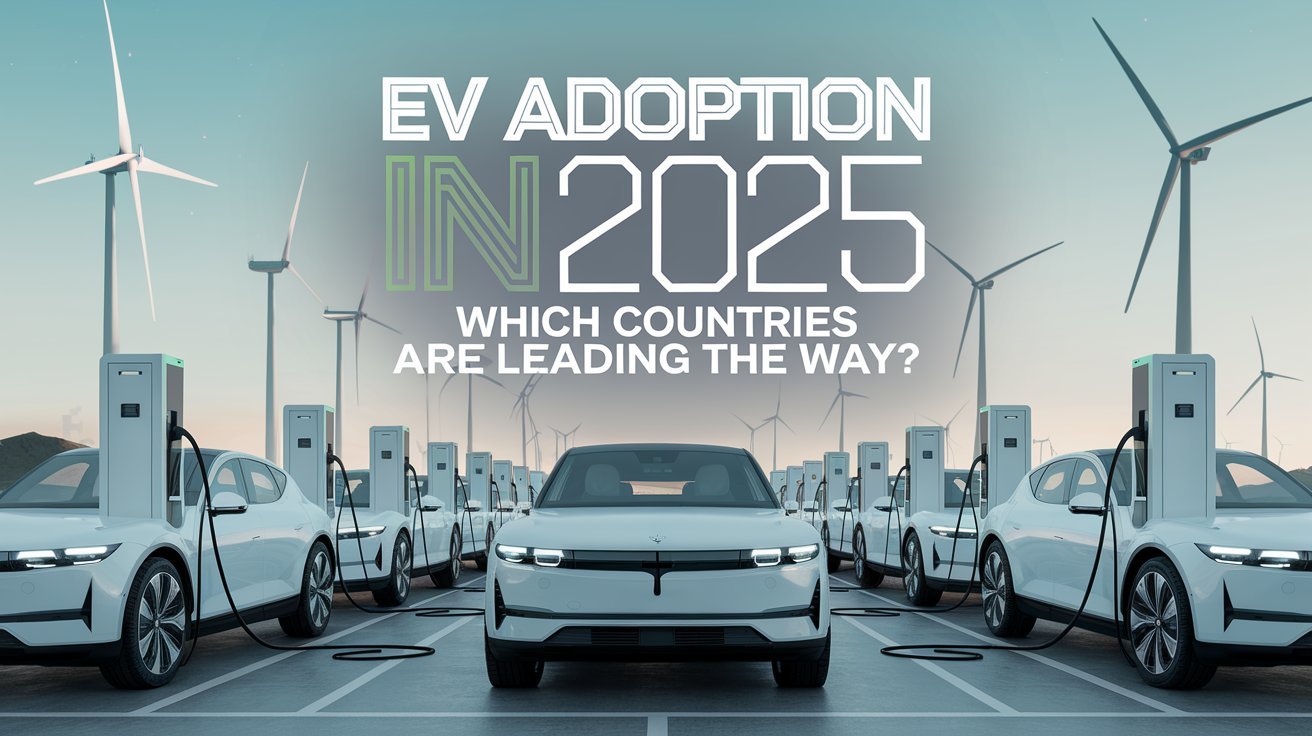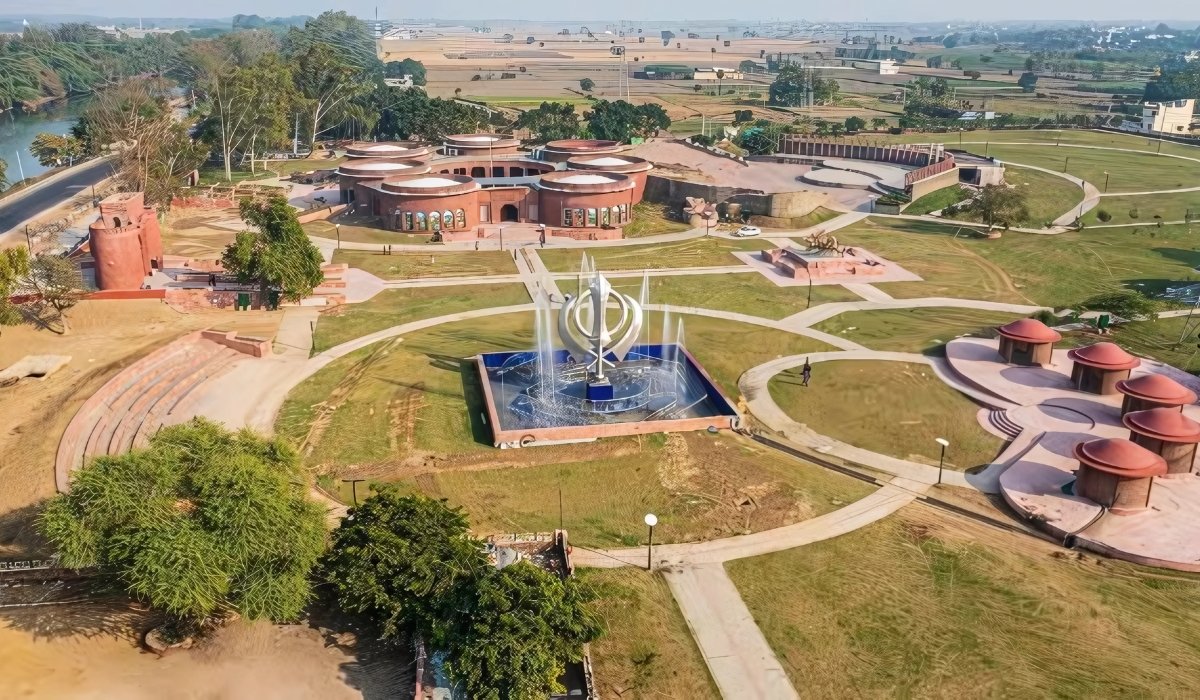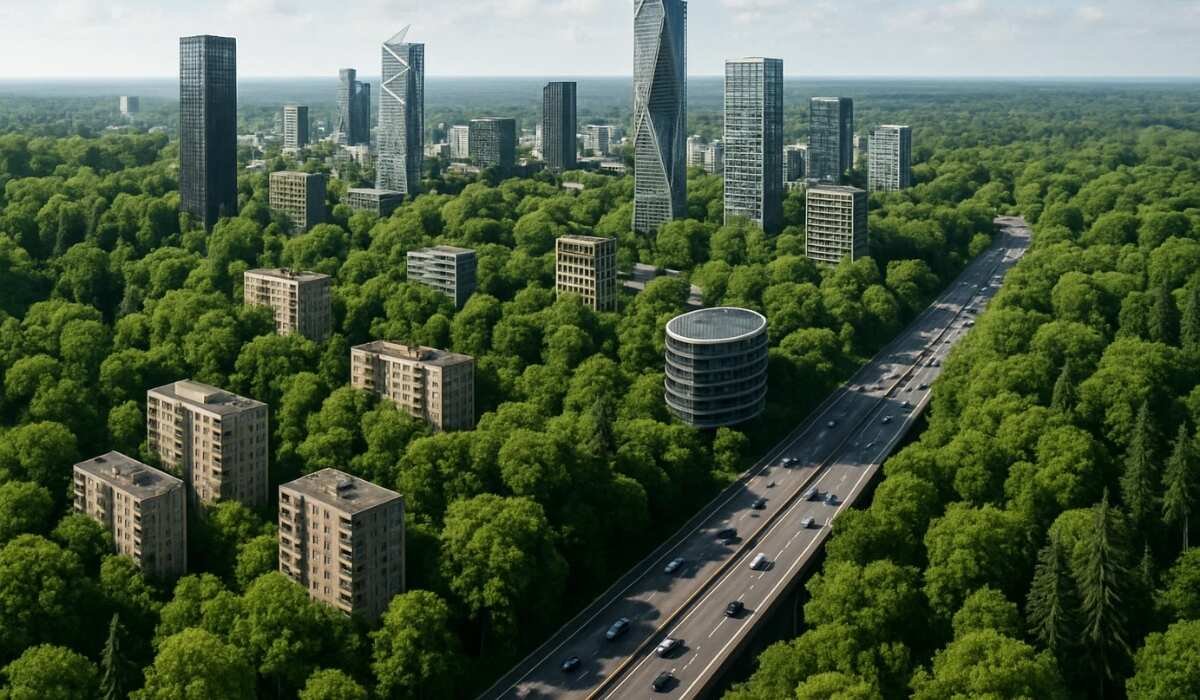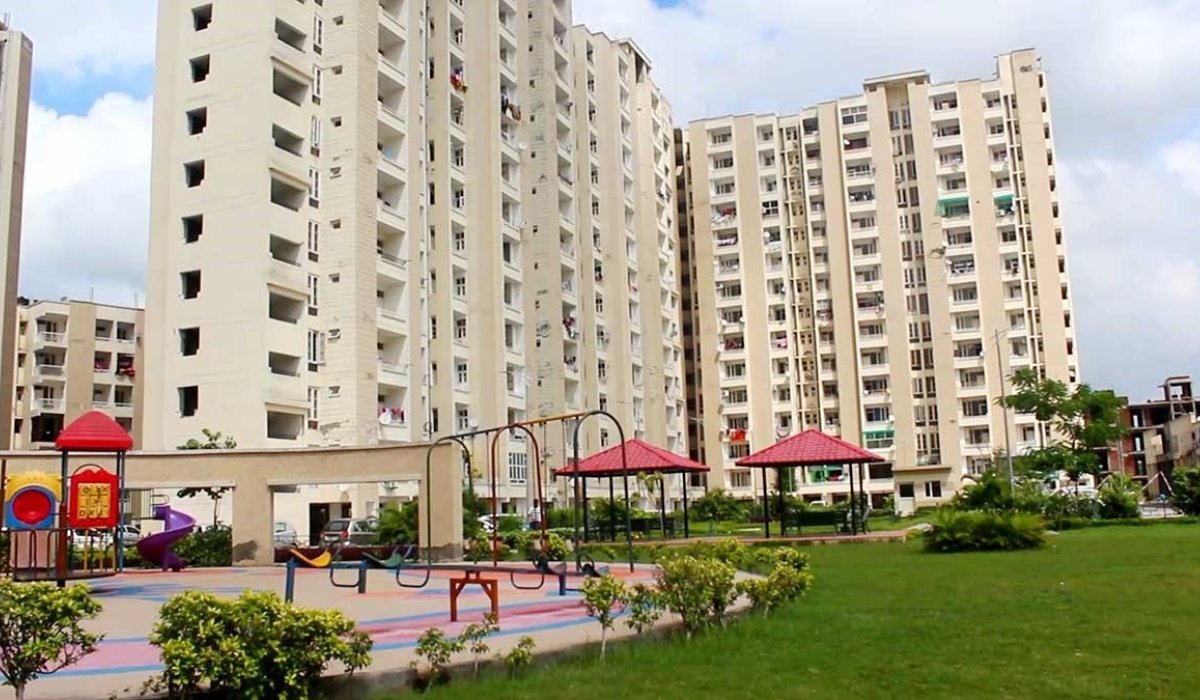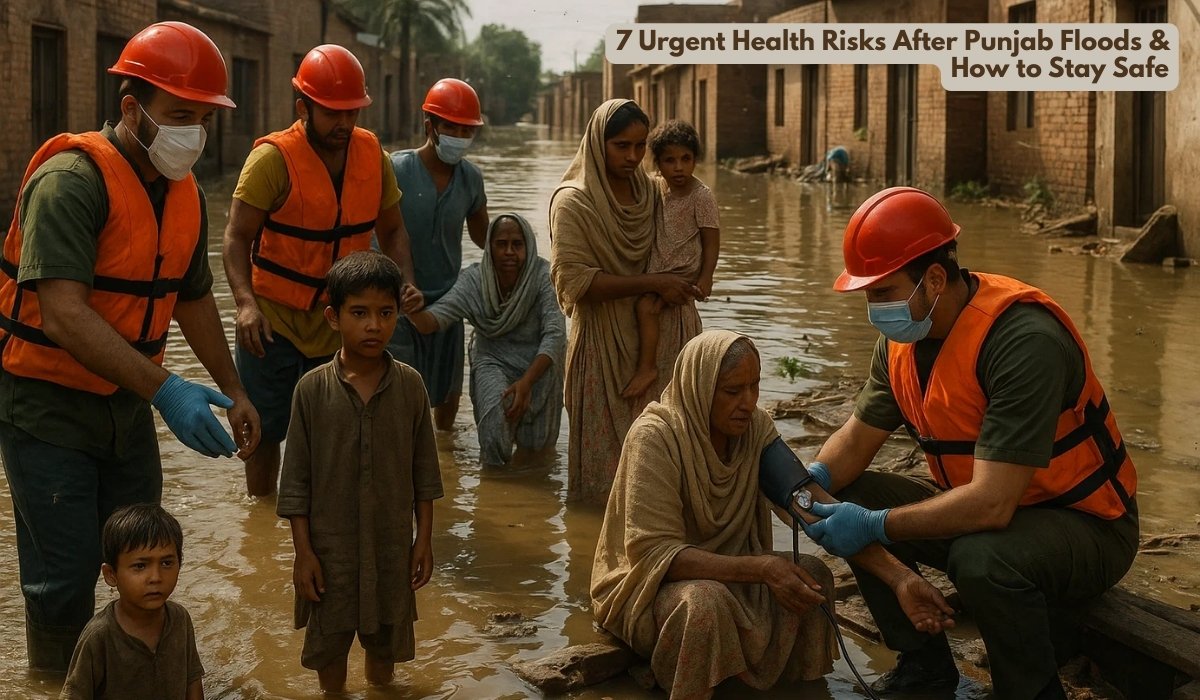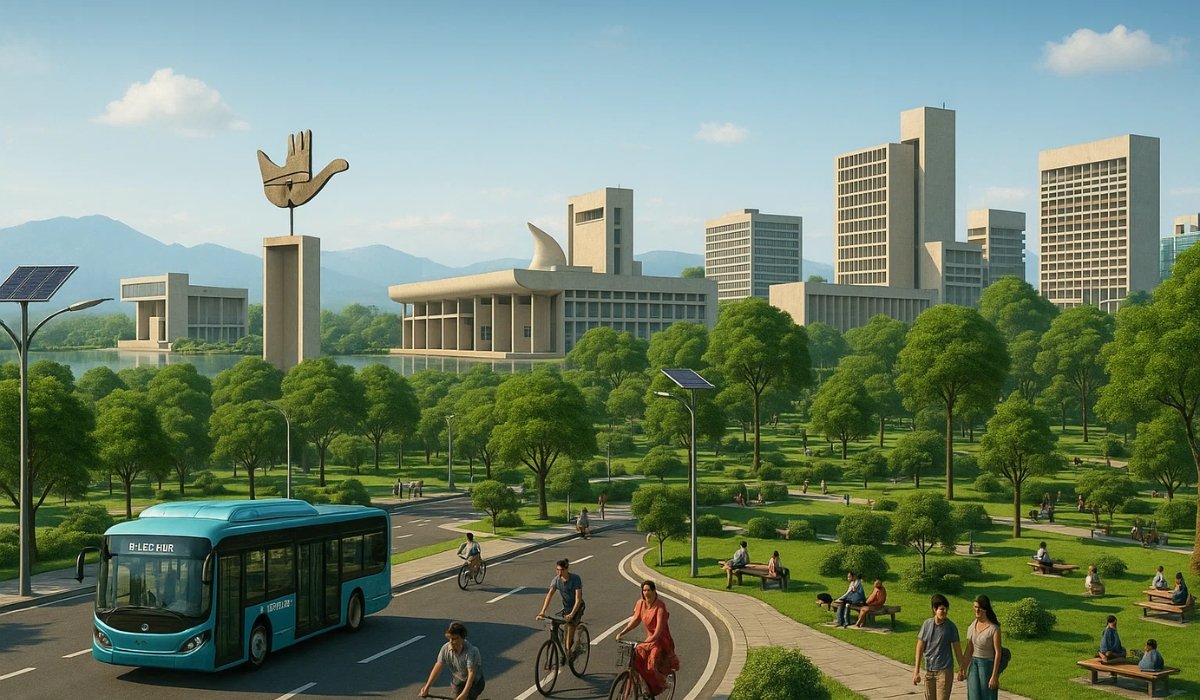Why CPCB’s Role is Crucial Today
Imagine waking up to smog-filled skies or drinking water contaminated with industrial waste.
Without strong environmental safeguards, life as we know it would be endangered.
This is where the Central Pollution Control Board becomes indispensable.
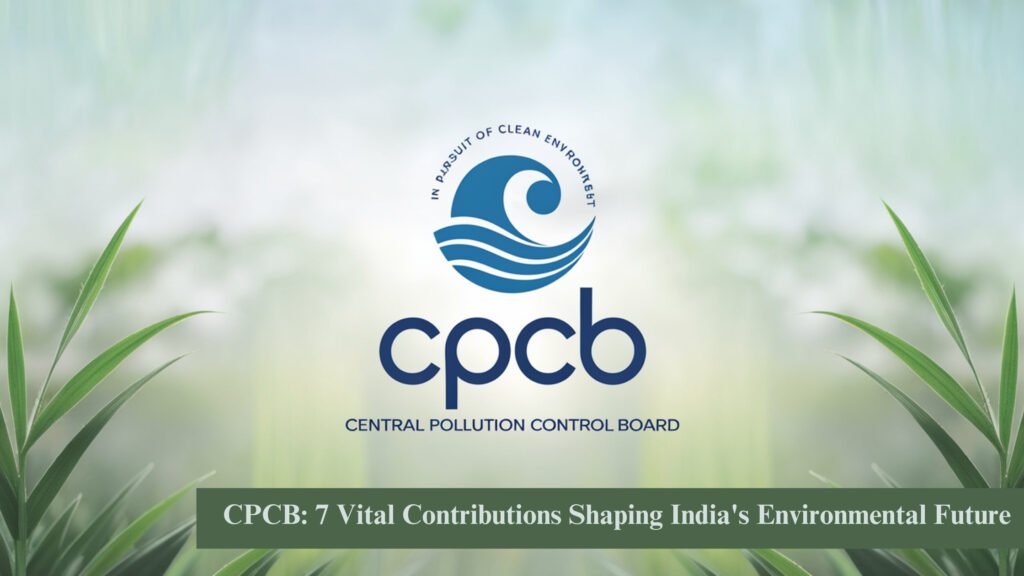
Formed nearly five decades ago, CPCB protects India’s environment by regulating pollution, advising policy, and ensuring compliance with vital environmental laws.
In an era where sustainability defines the future, its efforts are not just important — they are critical to the survival and growth of our nation.
Let’s explore how this powerful institution impacts your life every single day.
What is CPCB? A Clear Definition
The Central Pollution Control Board is India’s apex body for regulating and monitoring pollution.
It operates under the administrative control of the Ministry of Environment, Forest, and Climate Change (MoEFCC).
Established in 1974 under the Water (Prevention and Control of Pollution) Act, its primary duty is to promote cleanliness of streams and wells, and control pollution nationwide.
Quick Fact: it also enforces the Air (Prevention and Control of Pollution) Act, 1981, expanding its mission from water protection to include air quality.
1. A Brief History of CPCB
Understanding the evolution of national pollution regulator offers insight into how environmental governance has matured in India.
| Year | Milestone |
|---|---|
| 1974 | This established under the Water Act. |
| 1981 | Authority extended to cover air pollution control. |
| 1986 | Empowered under the Environment Protection Act. |
| 1990s | Developed nationwide monitoring programs for air and water. |
| 2000s | Focus expanded to include e-waste, biomedical waste, and hazardous chemicals. |
| 2020s | Playing a key role in combating climate change and promoting clean energy initiatives. |
2. Organizational Structure of CPCB
National pollution regulator operates through a well-organized structure to manage the vast and diverse environmental challenges across India.
Key Components:
- Chairperson: Leads the board, sets vision and policies.
- Member Secretary: Executes daily functions and supervises operational divisions.
- Divisions and Laboratories: Specialized units for air, water, waste management, noise pollution, research, and training.
- Zonal Offices: Six regional offices enable localized action and monitoring.
- State Pollution Control Boards (SPCBs): it provides oversight, guidance, and technical support to SPCBs and Pollution Control Committees (PCCs).

3. Core Functions and Responsibilities of CPCB
The work of the pollution control authority spans across multiple critical areas:
Regulatory Functions:
- Set and enforce environmental standards.
- Monitor emissions and discharges from industries.
- Issue notices to polluting industries.
- Conduct inspections and audits.
Advisory Functions:
- Guide the Central Government on environmental policies.
- Suggest frameworks for pollution abatement and environmental protection.
Research and Development:
- Study environmental trends.
- Develop pollution control technologies.
- Publish reports for public awareness.
Public Engagement:
- Promote environmental education.
- Encourage citizen participation in pollution control activities.
4. Major Programs and Campaigns by CPC
The Board runs several ambitious programs to safeguard environmental health:
| Program Name | Focus Area | Key Objective |
|---|---|---|
| National Air Monitoring Programme (NAMP) | Air Pollution | Continuous monitoring of ambient air quality. |
| National Water Quality Monitoring (NWMP) | Water Bodies | Regular assessment of rivers, lakes, and groundwater. |
| Comprehensive Environmental Pollution Index (CEPI) | Industrial Clusters | Identifying critically polluted areas. |
| Graded Response Action Plan (GRAP) | Delhi NCR Air Quality | Immediate action steps based on AQI levels. |
| EcoCity Program | Urban Sustainability | Sustainable urban management for medium-sized cities. |
Did you know?
it monitors over 1,200 air quality stations and more than 2,500 water quality stations across India!

5. Legal Framework Governing CPCB
The Board derives its authority from several environmental laws:
Key Legislations:
- Water (Prevention and Control of Pollution) Act, 1974
- Air (Prevention and Control of Pollution) Act, 1981
- Environment (Protection) Act, 1986
- Hazardous Waste Management Rules, 2016
- Plastic Waste Management Rules, 2016
- Solid Waste Management Rules, 2016
Legal Powers:
- Issue directives to industries.
- Penalize polluters.
- Close or regulate operations of non-compliant industries.
- Initiate legal proceedings for violations.
6. CPCB and Climate Change: A Growing Role
With India’s ambitious targets to reach Net Zero carbon emissions by 2070, the pollution control authority‘s role is rapidly expanding.
New Initiatives:
- Promoting renewable energy adoption.
- Setting emission norms for electric vehicles and charging stations.
- Supporting the National Clean Air Programme (NCAP) to reduce PM2.5 and PM10 concentrations by 20–30% by 2024.
Key Insight:
it is moving beyond traditional pollution control to actively shape India’s climate resilience strategies.
7. Future Challenges and Opportunities for CPCB
Central Pollution Control Board faces a complex future filled with both challenges and opportunities:
Challenges:
- Managing rising waste due to urbanization.
- Tackling emerging pollutants like microplastics and pharmaceutical waste.
- Strengthening coordination with SPCBs.
Opportunities:
- Harnessing big data and AI for real-time environmental monitoring.
- Expanding public-private partnerships for cleaner technologies.
- Enhancing citizen engagement through mobile apps and awareness drives.
Quick Recap: Key Functions of CPCB
- Setting standards for air, water, and noise quality.
- Monitoring environmental compliance.
- Advising government policies.
- Supporting research and education.
- Promoting eco-friendly technologies.
FAQ Section: People Also Ask About CPCB
What is CPCB and its role?
The Central Pollution Control Board regulates pollution, sets standards for environmental quality, and advises the government on protecting natural resources.
Is CPCB a government body?
Yes, Central Pollution Control Board is a statutory organization under the Ministry of Environment, Forest, and Climate Change.
How is CPCB different from SPCB?
Central Pollution Control Board operates at the national level, creating policies and monitoring frameworks, while SPCBs function at the state level for local implementation.
Does CPCB monitor industries?
Yes, CPCB monitors industrial emissions and waste management practices to ensure environmental compliance.
Can CPCB take legal action?
Absolutely. the pollution control authority can issue directions, impose fines, and initiate legal action against violators under environmental laws.
Related Insights: Topics People Also Search For
- National Green Tribunal (NGT)
- Air Quality Index (AQI) in India
- Pollution Control Committees (PCCs)
- Sustainable Development Goals (SDGs)
- Solid Waste Management Rules
Conclusion: CPCB’s Unstoppable Mission for a Greener India
The Central Pollution Control Board is not just a regulator; it is a protector of life, health, and the environment.
From keeping our rivers clean to ensuring breathable air and pushing forward climate goals, CPCB stands at the frontline of India‘s environmental battle.
As citizens, staying informed and supportive of CPCB’s work is a crucial step toward a healthier, greener India.
For more detailed insights on the environment and career opportunities in sustainability, explore the latest updates in our Environment and Sustainability section on Chandigarh Hut — your go-to hub for eco-awareness, green careers, and sustainable living!
